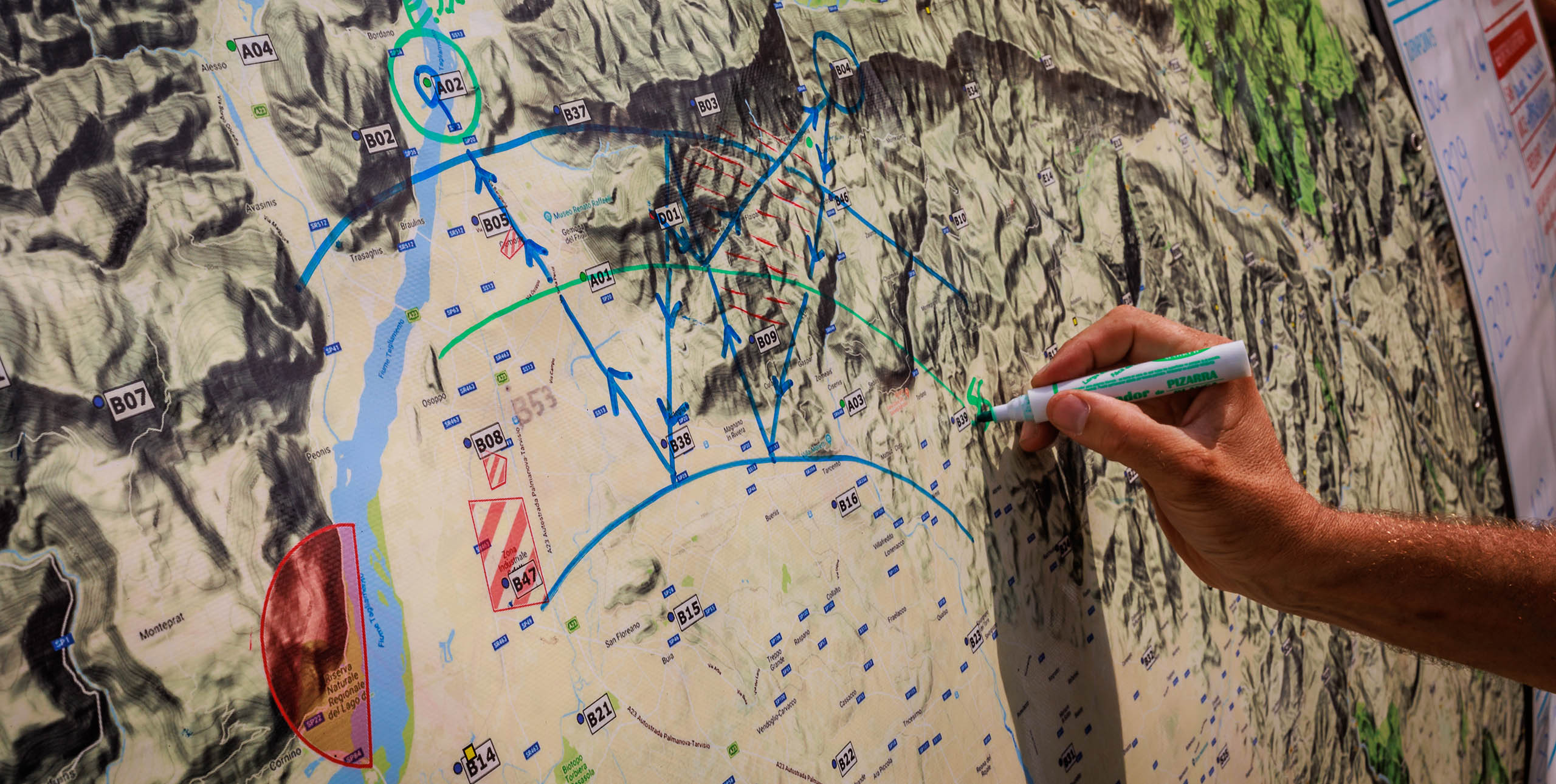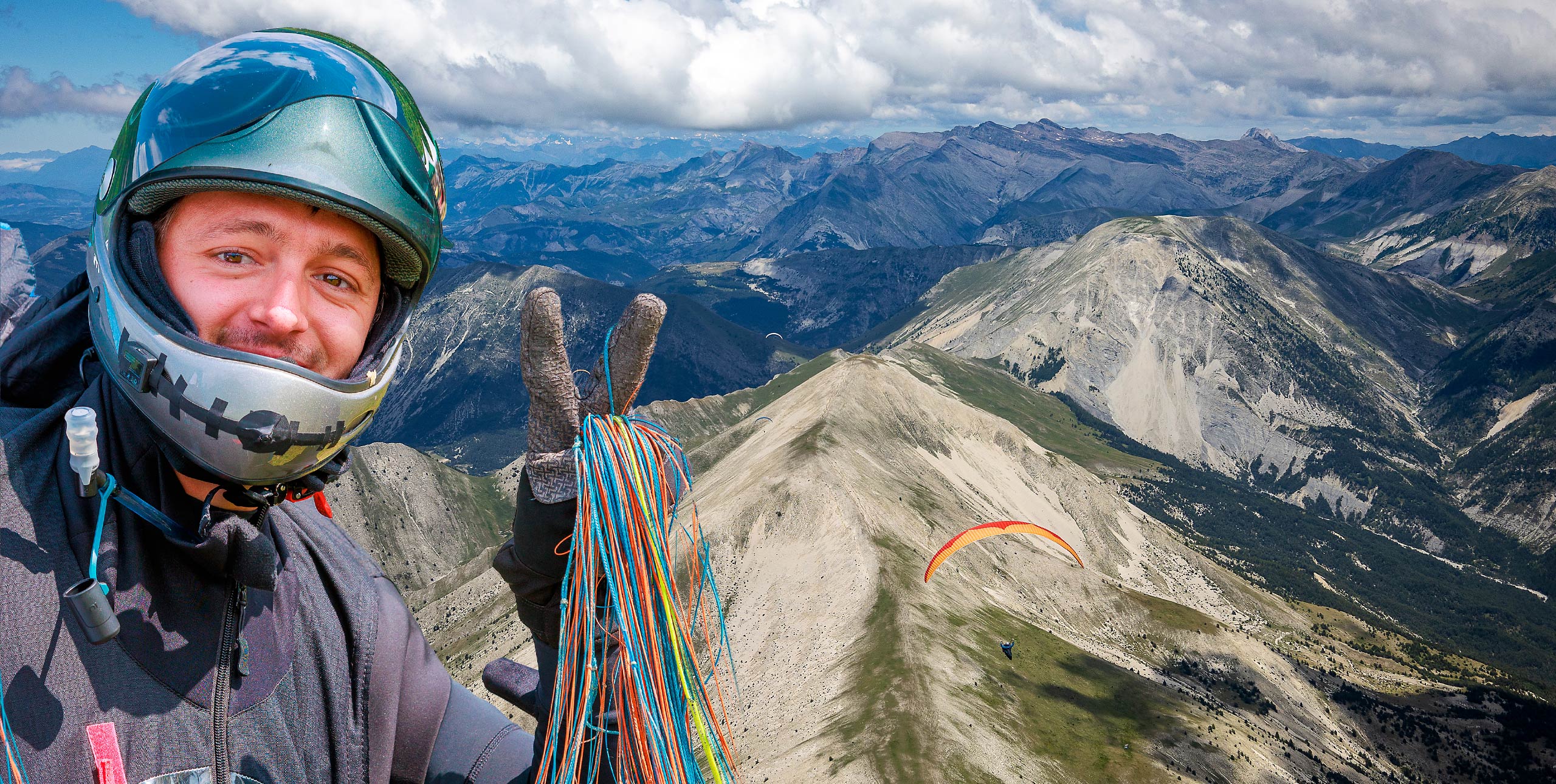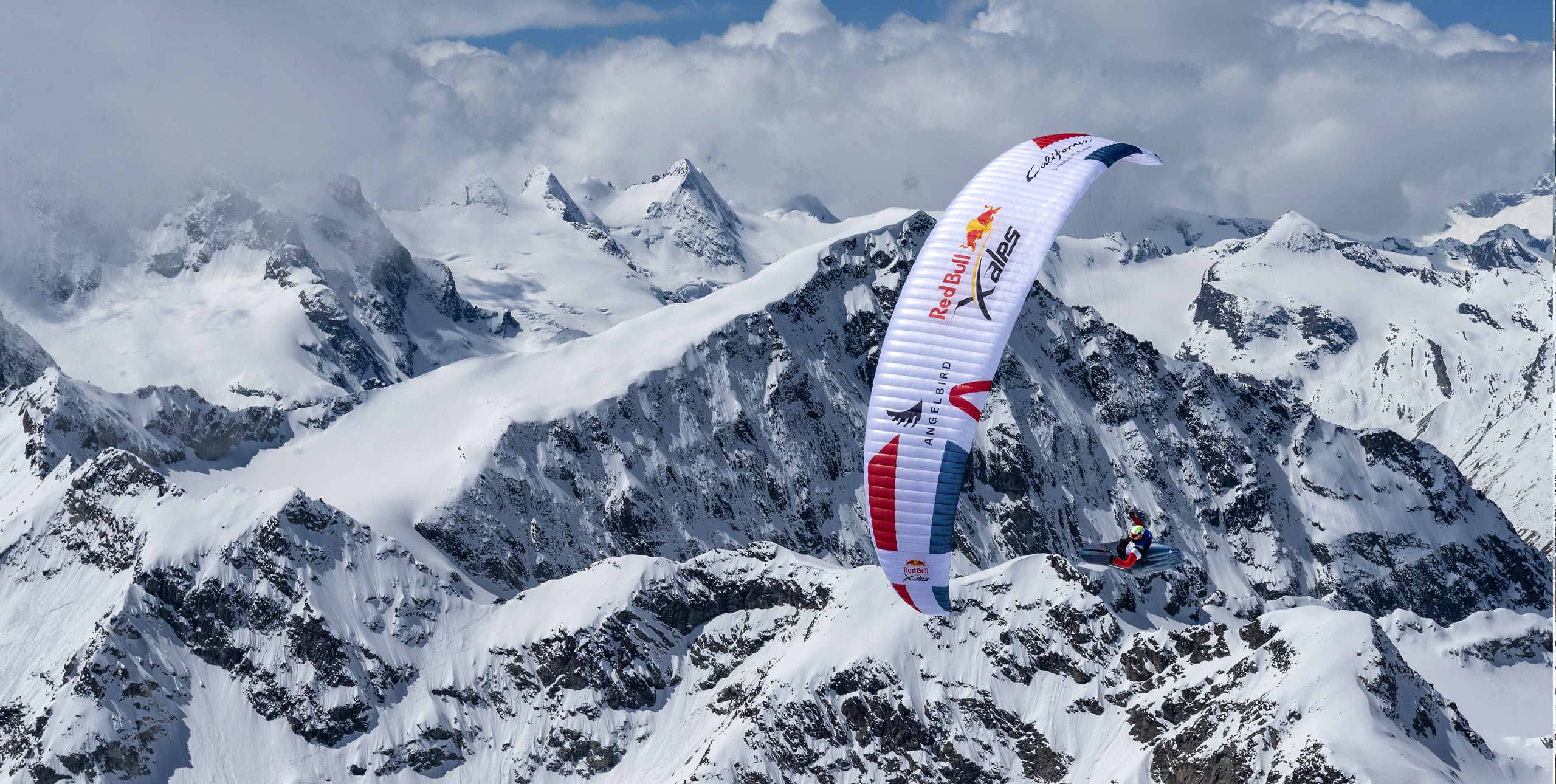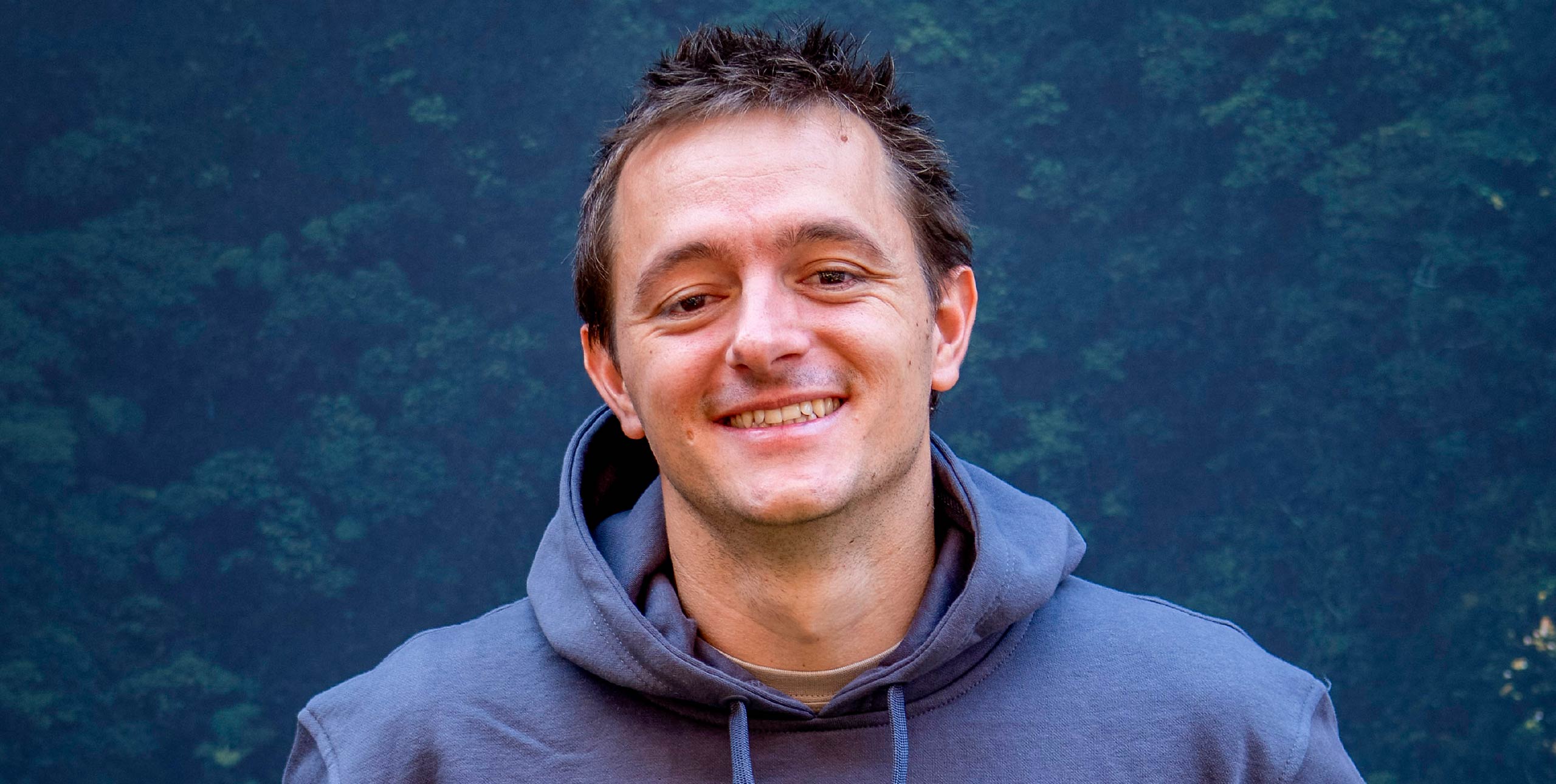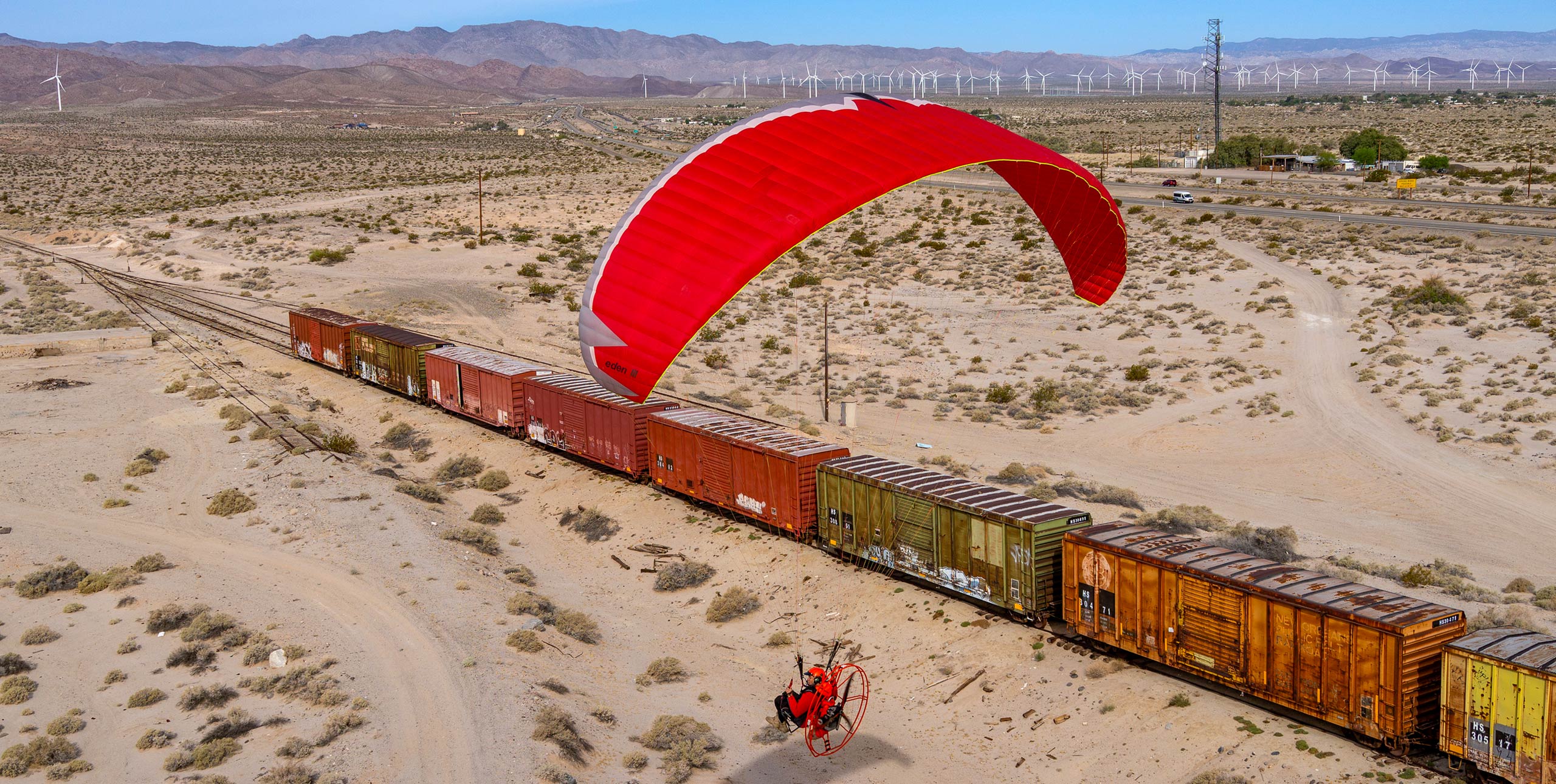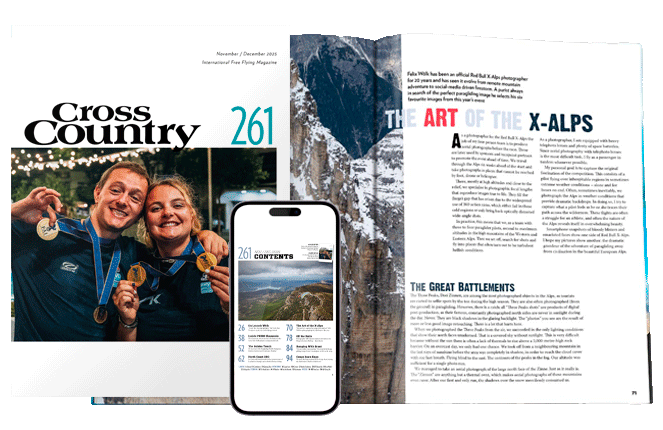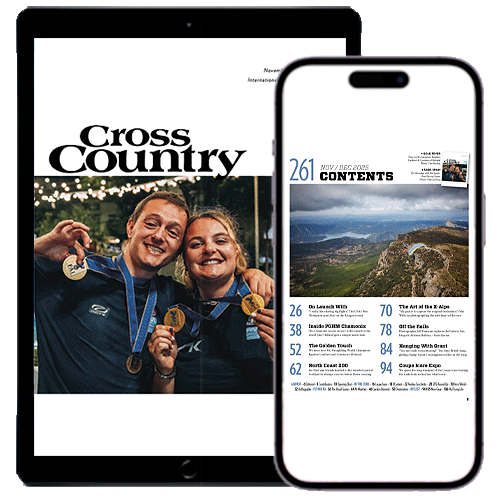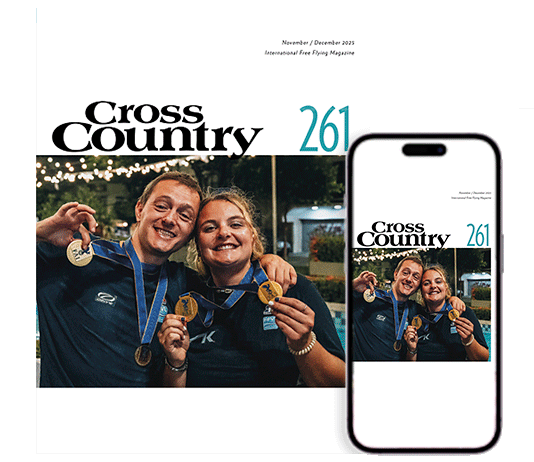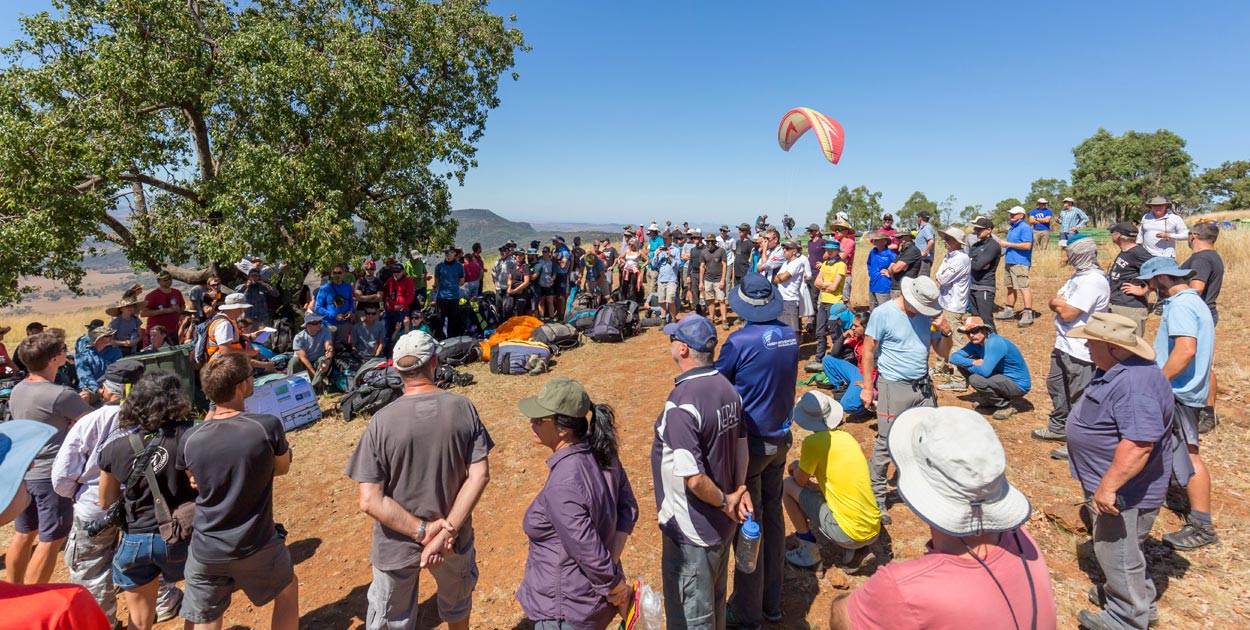
Comp Series: Seven tips for paragliding competitions
8 June, 2020So, you’ve taken the plunge and signed up for your first paragliding competition? Good move! Here are our top tips to help make sure it goes smoothly, and is safe and fun:
1. Be Prepared
Before flying your first competition you should already be happy flying thermals and at least starting to fly XC. Your first comp can feel intimidating, so prepare well: have your harness set up properly; get a reserve repack; sort out your eating/drinking/peeing systems; download any maps; recce the flying venue and tracks on XC Planner, Google Maps and XContest; have your paperwork, licences and insurance in order. Make it fun by planning to go with a buddy or a group: hold a planning evening or get someone who has flown competitions to set a dummy task for you so you can learn about your instruments.
2. Fly a wing you know
Familiarity breeds confidence, and if you are confident you will fly better. If it’s your first competition you’ll have enough on your plate already, without having to get to grips with a new glider. Most comps award prizes for the different classes of wing, and some actively encourage EN-B wings, so, at least for your first steps into the competition world, it doesn’t matter what you are flying – just make sure you’re happy with it.
3. Know your technology
Spend an afternoon before the competition working out how your radio, flight instrument and tracker (if needed) work before you find yourself on launch at your first task. Set and fly – or even walk – a dummy task. Learn how to set a waypoint and at least make a start on getting your head around cylinders and goals. But don’t obsess about technology. Keep it simple and use what you already know. Know that lots of very good pilots find their flight instrument confusing. Finally, charge batteries every day and use fresh ones where needed (and pack spares).
4. Stay healthy
Party atmospheres are good, but hangovers aren’t. Keep hydrated during the day, watch what you drink in the evening, and stay away from dodgy food. There is nothing worse than feeling sick on launch, apart from feeling (or being) sick in the air. Get a decent amount of sleep each night and don’t get sunburnt. To stay mentally fresh, join in on the social side of things in the evening (if you are on your own, and lots of pilots will be, then the best ice-breaker is simply to ask, “How was your flight?” – they won’t pause for breath!), avoid too much social media, and if you get wound up after a bad flight, then go for a swim, evening fly or otherwise exercise the irritation away. Stay cool, and smile – it’s only flying!
5. Be on time
Get to the competition venue in time for registration and any introductory events. Be at briefing in good time each day, and be ready to go to transport from there (no, “I’ve just got to get my boots…”). On launch, listen at the briefing and ask questions at the appropriate time if you don’t understand. Note down any important times – launch, gate open and land-by times. Finally, at the end of the competition day check in using the system the organisers want you to use: SMS, in person or a sign-in sheet are typical.
6. Get in the air early
Competitions typically have a “launch window” – an hour or more before the task starts to allow pilots to get in the air. If it is flyable, use this time to get in the air and get yourself established. That means getting comfortable in the harness, getting a feel for the climbs and the air, and working out where the start is and where you’ll be heading. When the task starts, tactically you want to be high and close to the start point. That way you can simply turn and fly off on track. You will be much more relaxed than a pilot who takes off five minutes before the task starts and is rushing to climb out when the race starts.
7 Don’t race – get to goal
Treat your first competition as a learning experience, and take it easy. The key to doing well in any competition is to get to goal consistently – that means every task. Fly your first few competition tasks, or even competitions, as XC tasks. That is, take off and use all the lift you can to make goal. Once you have got to grips with how things are meant to work in a competition and you are consistently making goal, you can start to aim to get faster, by optimising climbs and choosing straighter lines.
Remember, a fast pilot who races to goal in two hours but lands 100m short will always rank below a slow pilot who takes four hours but makes it in. Over-ambitious new competition pilots inevitably find themselves “racing to the deck” task after task. Discipline yourself: Get to goal, get to goal, get to goal!


